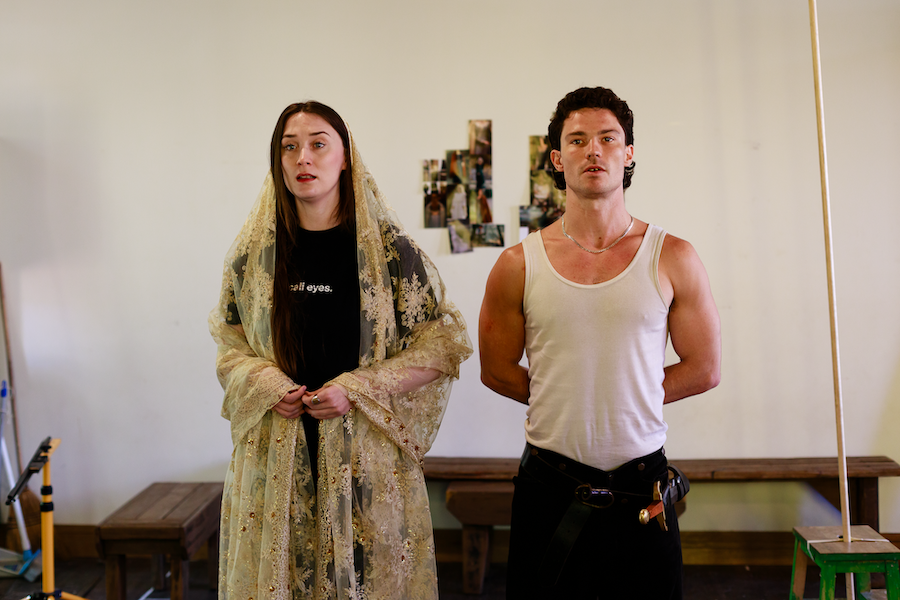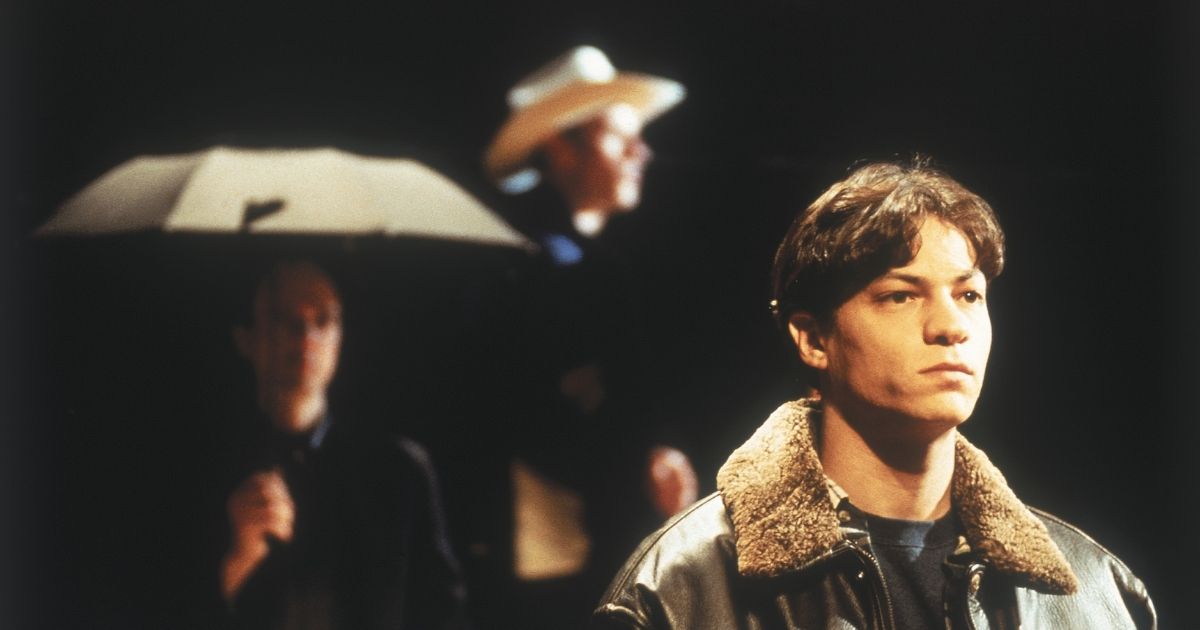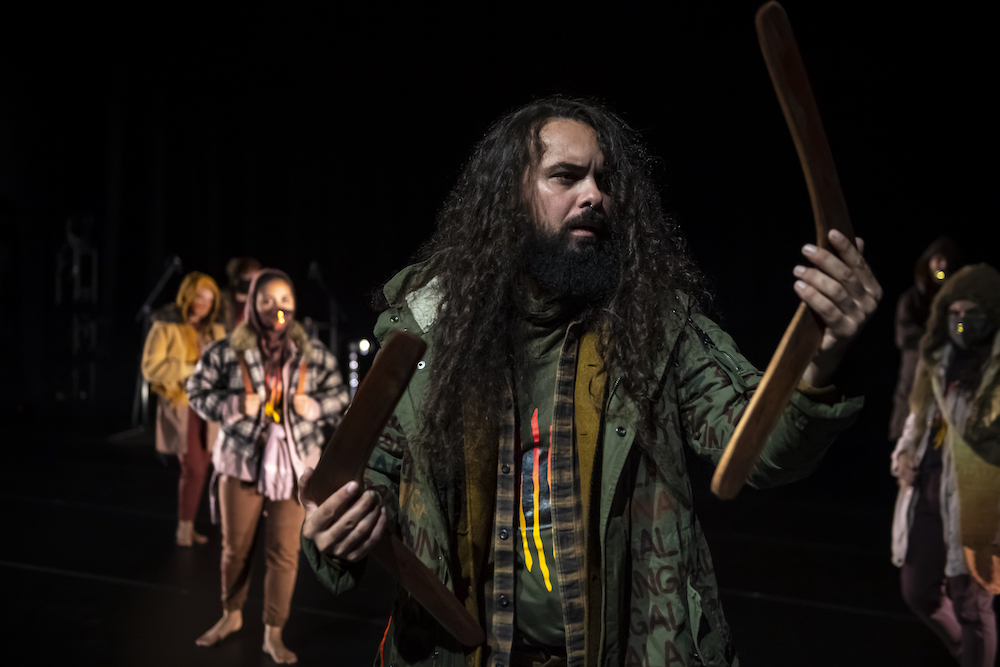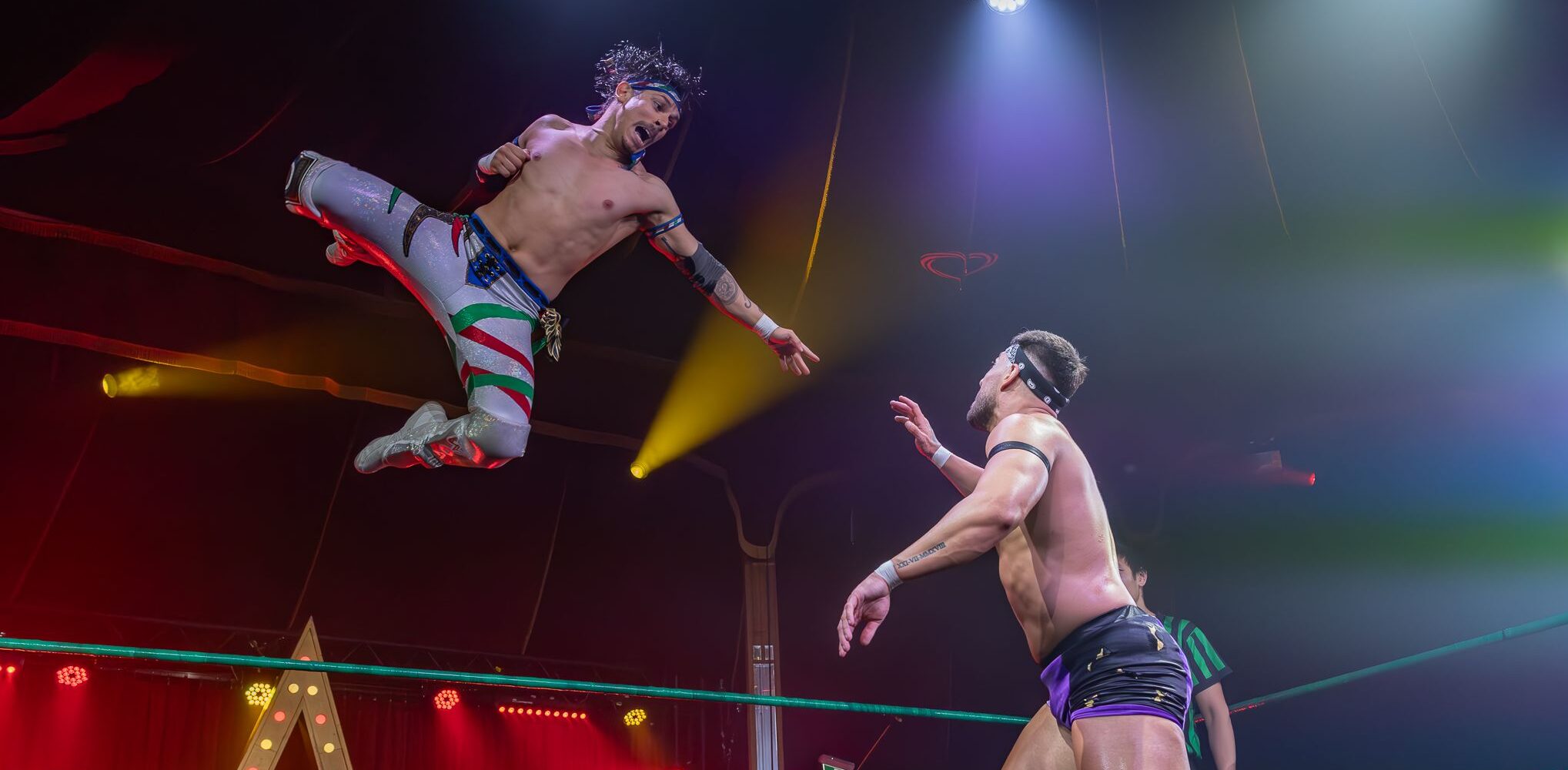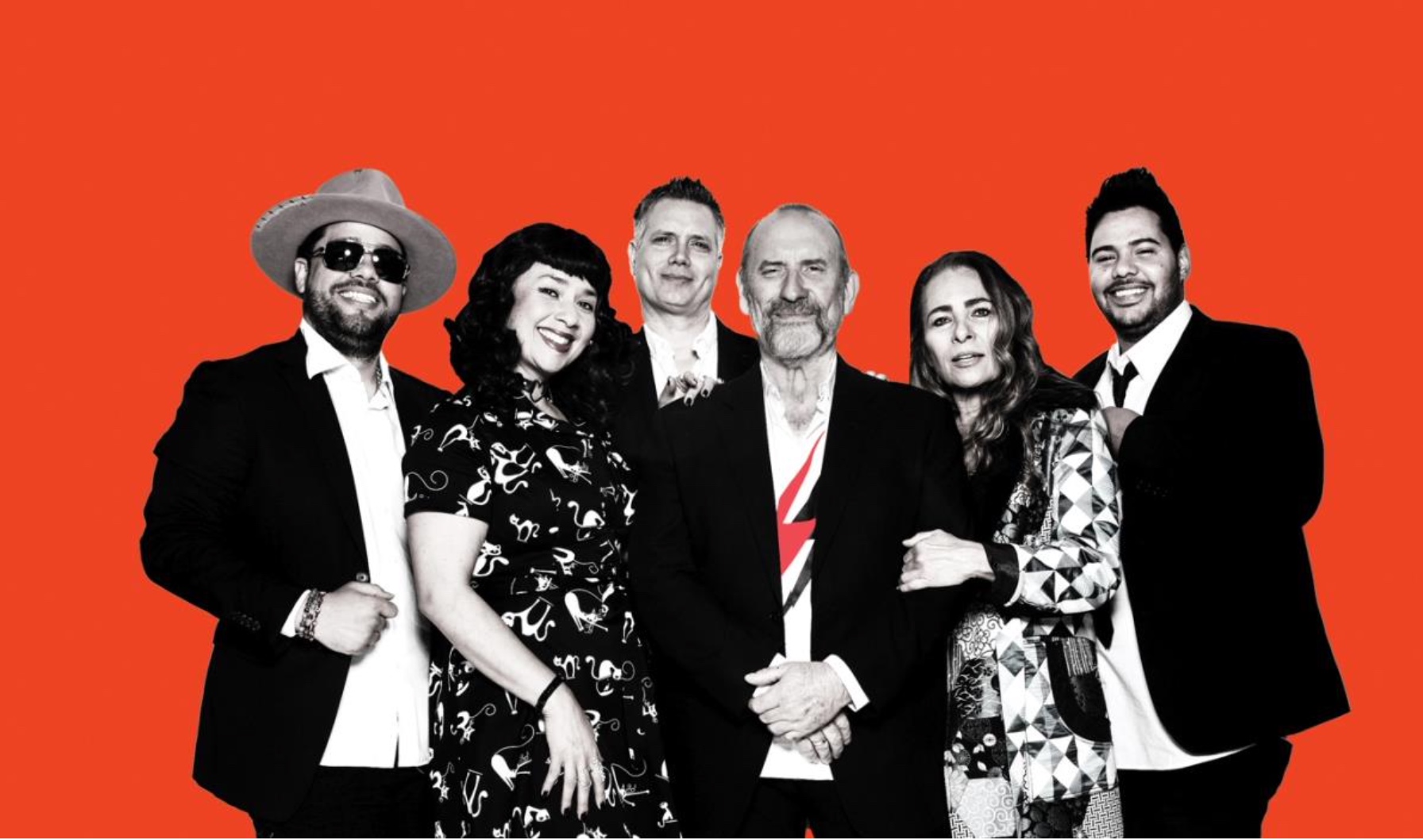
The Art Of Bullying

By Rita Bratovich.
When author, Susanne Gervay discovered that her 11 year old son was being bullied at school, she was shocked and heartbroken. Despite being qualified in child growth and development, she’d missed all the signs: sick days, decline in academic performance, isolation. Notwithstanding her son’s protests, she immediately went to his school and, together with teachers and other parents, managed to resolve the issue. The experience however, made her realise there were limited resources for kids to help them deal with being bullied, and so, with her son’s permission, she wrote a book based on his story.
“He said ‘Yeah Mum, do it. I don’t want anyone else to be in my position. I don’t want other kids to be bullied,’” Gervay says, describing her son’s response. And so, I Am Jack (published 2000) was written and almost immediately became a resource in school anti-bullying programs nationally.
One of the key things she identified is how hard it is for kids in this situation to communicate.
“They can’t speak anymore – they lose their voice,” she explains. “Because, what bullying is all about is silence…secrecy… all the bullying occurs when there’s no authority there, no adult, no teacher.”
As a children’s author and prodigious book lover, Gervay understands the enormous power of literature and believes books can provide guidance and be a safe haven, without dictating behaviour or prescribing answers.
“Through story kids can suddenly understand ‘Oh, is that what I should do!…It gives [them] a platform and protection to talk about the core issues of their own life within the protection of another character…Literature can make them feel they’ve got a friend, they’re not alone.”
In 2008, Monkey Baa Theatre adapted it into a one-man show that toured nationally and went to the United States. When the play toured remote, mostly indigenous communities in outback NSW, the adaptation helped break through an illiteracy wall.
“Indigenous kids are storytellers, they learn through the oral tradition. So this play – they could identify, they got it… there was no challenge or barrier of literacy, of reading. It was just respectful ideas and characters that they could engage with.”
Katie Barry from The Bully Project (Australia) agrees that arts media can be very effective in getting a message across difficult territory. Her organisation is a hub of resources, information and workshops using as its entry point the American documentary, Bully (2012) by Lee Hirsch. The film is a fly-on-the-wall observation of bullying incidence in a number of schools across America. It’s raw and confronting yet relatable, and it has been shown in schools throughout the States and Australia. Barry believes the film is effective because “it has a captive audience for 90 minutes, and what Lee has done and what many film makers and artists have an ability to do is use that captive audience and create an emotional connection.”
The film profiles five bullied students and their families, each with a unique story and outcomes that include bringing a gun onto the school bus, being forced to leave town and committing suicide.
“It’s really shocking, but all Lee has done with that is put up on a big screen what is actually happening to young people,” says Barry. She explains that one of the traits that is common among bullies is a lack of empathy. That’s where film and other media can help provide context to evoke that empathy.
On the flip side, access to certain media can magnify the problem exponentially, a fact evidenced by a surge in reported cases of severe bullying.
“It’s probably worse now than when the film came out because social media has just exploded over the last five years. So cyber bullying is a massive, massive problem now,” explains Barry, reiterating the fact that secrecy and invisibility are the arsenal of bullies. The Bully Project’s hashtag #BlindEyesOpen prompts young people and adults to stop turning a blind eye to malignant bullying and make it more visible. Another interactive program is The Bully Project Mural, a platform created by Adobe that allows participants to upload photos, artworks, video, stories or any creative response to their experience of bullying.
There are numerous programs and resources available on their website. Barry believes a multi-faceted, communal approach is needed to combat bullying.
“It’s not going to take just policy change… that’s not enough, we need to change human behaviour and a whole culture here,” she says.
Some organisations are tackling bullying indirectly by building self-esteem and encouraging open, honest expression in young people. The Spark Youth Theatre, an Inner West Council initiative, runs workshops and programs in which young people share ideas, improvise together and create works, helping them improve their social and personal skills. One program currently running is Say Something, Do Something, described as ’an intergenerational performance about the potential for words, actions and theatre to change the world.’
The program brings together high-school aged kids and seniors aged 55 and over. In a group, they are each asked questions about world issues, their personal history, hypothetical situations and more, the answers to which will ultimately form a theatre piece.
Artistic Director of the theatre, Chris Dunstan, says it’s interesting to observe how the group dynamic shifts over time. At first, people tend to only interact with others their own age, but gradually they relax and mingle until “a 13 year old in the group feels like they can have a conversation with a 50 year old in the group and, you know, ask each other about their weeks.”
Older people are naturally more comfortable expressing themselves and sharing their stories and that becomes infectious.
“I think young people hearing those stories – it gave them the confidence to do the same and not be afraid to share something with this group, whom they’ve only known for a month and a half,” explains Dunstan. “It felt like a really safe space for those young people to be themselves and actually share more than I think a lot of them would at school or with their peer groups.”
It’s a genuinely enriching experience for both age groups; each gains new perspectives and find a way to communicate across a demographic divide.
Dunstan says all sorts of issues including bullying have been raised within the group and he is often impressed at how candidly they share and support each other. Without a script or other constraint, kids can freely express themselves – they open up and become very creative and honest.
“I’ve seen a number of kids really come out of their shells and in terms of ideas, they can throw out all these fantastic ideas with confidence,” says Dunstan.
Dealing with bullying culture is not just an exercise in ethical responsibility; the costs to society are many, varied and tangible. A recent study commissioned by the Alannah & Madeline Foundation found that the economic cost of dealing with bullying exceeds $500 million per year. The emotional and psychological costs to individuals and communities is equally high and ultimately contributes to the financial toll.
Dealing with the problem is imperative; dealing with it creatively seems like a good place to start.
More Info
If this article raised any concerns for you please contact:
Kids Helpline – 1800 55 1800
Beyond Blue – 1300 224636
Lifeline – 13 11 14




